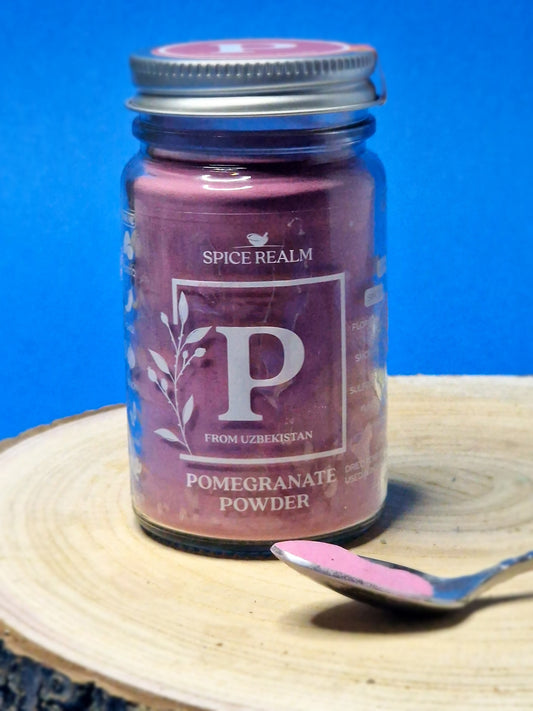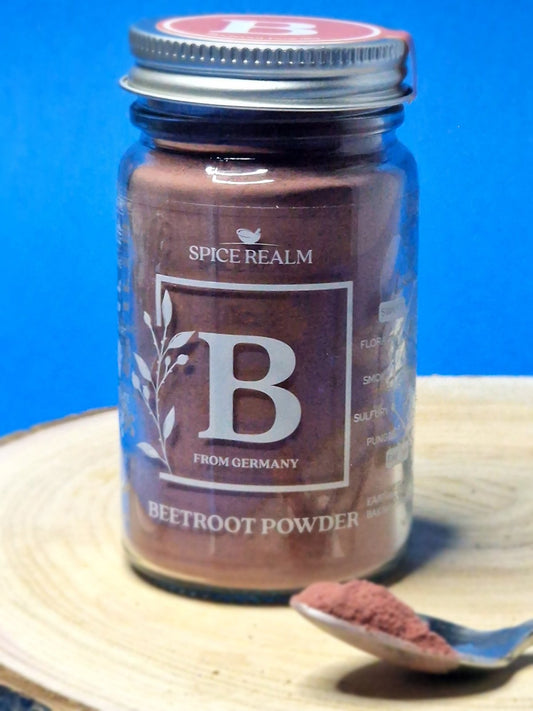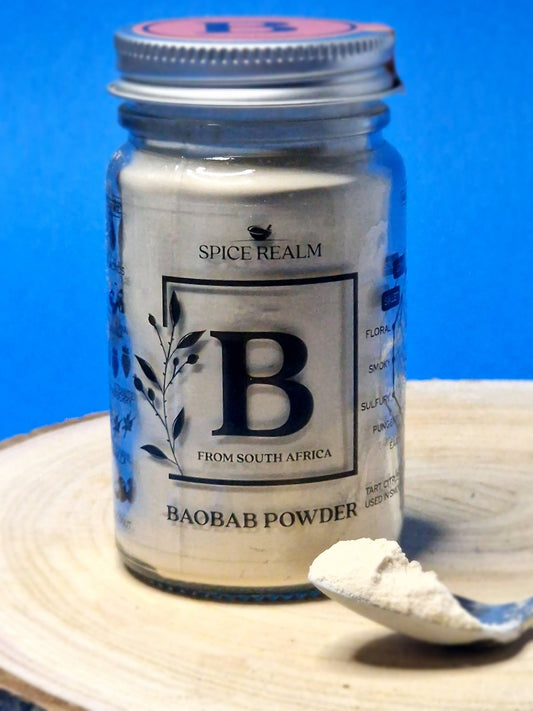Why the right cinnamon matters When it comes to adding a pinch of warmth to your latte, not all cinnamon is created equal. The difference between the two most common “cinnamon” types — Ceylon cinnamon (also called true cinnamon, scientific name Cinnamomum verum) and Cassia cinnamon (which includes Cinnamomum cassia and related species) — is important not just for flavour, but for health.
The flavour & origin
Ceylon cinnamon comes from Sri Lanka (formerly Ceylon) and has a delicate, mildly sweet flavour.
Cassia is far more common as a ground spice in supermarkets, is often cheaper, and has a stronger, more pungent taste.
The safety & chemistry difference
One big distinction: cassia cinnamon contains much higher levels of coumarin, a natural compound that in large amounts can pose risk to liver health.
Ceylon cinnamon has far less coumarin, making it a safer choice for frequent use.
Also, while both types have beneficial compounds (such as cinnamaldehyde and polyphenols), the exact bioactive profile differs between them.
The takeaway
If you’re using cinnamon regularly — for flavour and potential health effect — choose Ceylon cinnamon. It’s gentler, subtler and less likely to carry the risk associated with repeated high consumption of cassia.
Cinnamon & Blood‑Sugar: What the science says
Let’s dig into how cinnamon (of both types, but focusing on Ceylon where data allows) may support blood‑sugar regulation and insulin sensitivity.
Mechanisms of action
Cinnamon extracts appear to enhance insulin signalling, increase glucose uptake into cells (via GLUT4 transporter activation), and in animal studies reverse insulin resistance induced by a high‑fructose diet.
A review notes that the aqueous extract of cinnamon “makes insulin more efficient”.
Various cinnamon compounds may also slow carbohydrate‑digestion enzymes, reducing post‑meal glucose spikes.
Clinical / Human data
A meta‑analysis found that cinnamon supplementation significantly reduced HOMA‑IR (an estimate of insulin resistance) and serum insulin levels in people with type 2 diabetes or PCOS.
The same umbrella review found statistically significant reductions in HbA1c (glycated haemoglobin) and post‑prandial blood glucose (PBG) levels, though results for fasting blood glucose (FBG) were inconsistent.
A specific trial with Ceylon cinnamon (C. zeylanicum) extract found a modest LDL‑cholesterol reduction and secondary investigation of glucose levels, though the data remains limited.
Which variety was studied?
Here’s the catch: most human trials have used cassia or cinnamon extracts without always specifying the variety; Ceylon‑specific human data is still sparse. For example: “No well‑conducted RCTs … accurately measure the lipid and glucose‑lowering effects of C. zeylanicum (Ceylon cinnamon) extract.”
And, per Healthline: “Ceylon and cassia are both good for diabetics… Unfortunately, there aren’t any human studies to determine the effectiveness or optimal dosage of Ceylon cinnamon supplements.”
Practical summary
Cinnamon may support blood‑sugar balance and insulin sensitivity, especially in insulin‑resistant individuals or those with type 2 diabetes.
Effects are modest and should be seen as complementary, not a replacement for medication or lifestyle changes.
If choosing a cinnamon for regular use, Ceylon is the safer bet (lower coumarin) and still plausibly beneficial.
Dose in trials varies widely (1‑6 g/day for cassia); for Ceylon the exact optimal dose is not settled.
Why we use Ceylon Cinnamon in our Lattes
At our brand, we believe flavour, safety and function should go hand‑in‑hand. That’s why our Golden Turmeric Latte and Moringa Latte both feature true Ceylon cinnamon.
Flavour quality
The mild, sweet, sophisticated profile of Ceylon cinnamon pairs beautifully with the golden‑hued turmeric blend or the green, superfood note of moringa.
It avoids the sharper, more bitter edge of cassia, allowing other subtle ingredients to shine.
Functional quality
By choosing Ceylon cinnamon, you minimise exposure to coumarin from cassia, especially if you’re sipping daily.
While the health evidence remains emerging, the compounds in Ceylon cinnamon support the mechanisms relevant to insulin sensitivity and glucose metabolism (as discussed above).
When combined with turmeric (in the Golden Latte) and moringa (in the Moringa Latte) — both of which carry their own wellness credentials — the result is a beverage that aligns flavour and function.
How to use them
Golden Turmeric Latte: Ceylon cinnamon adds warmth, depth and pairing for curcumin (active in turmeric).
Moringa Latte: The green superfood moringa brings nutrients; Ceylon cinnamon supports both flavour and the metabolic narrative.
Because both formulas use Ceylon cinnamon, our claim “true Ceylon for flavour and function” is accurate and meaningful for mindful consumers in the UK market (and beyond).
Notes & Cautions (UK perspective)
Cinnamon can be a helpful addition to diet, but it’s not a substitute for medical treatment for high blood sugar/diabetes. Always consult a healthcare professional.
If you take blood‑sugar lowering medication, adding cinnamon (or any supplement) may affect your glucose levels; monitor accordingly.
Make sure the product clearly states Ceylon cinnamon or Cinnamomum verum/ceylanicum rather than generic “cinnamon”.
For turmeric lattes in the UK: beware of high sugar content in premade mixes. The UK‑based site from the charity British Heart Foundation notes that while turmeric and curcumin have potential health benefits, the drink’s added ingredients may offset these if sugary.
Moringa is promising for blood‑sugar support, but human data is still limited. For example Healthline notes moringa “may lower blood sugar levels … but more research is needed”.
Dosage and bioavailability matter: for turmeric, curcumin is poorly absorbed unless paired with black pepper/healthy fat.
Final thought
If you’re looking to level‑up your latte routine with a drink that brings both flavour and mindful purpose, using true Ceylon cinnamon is a smart move. Pair it with our Golden Turmeric Latte or Moringa Latte and you get:
1. A taste profile that feels premium and refined.
2. A safer cinnamon choice for regular use (especially in a UK market keen on wellness).
3. A connection to emerging science on blood‑sugar support and insulin sensitivity, while keeping realistic about the evidence base.
Your mug becomes more than just a comfort‑zone drink — it becomes part of your wellness story. However, remember: this is one piece of the puzzle. Combine with regular movement, fibre‑rich diet, sleep and stress‑management for real metabolic health.





